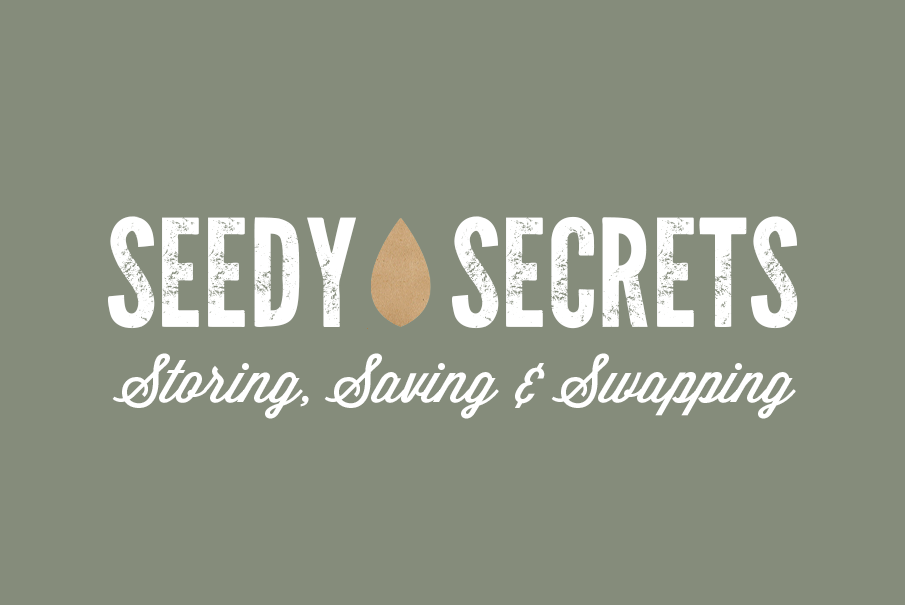Seedy Secrets: Storing, Saving & Swapping

Okay, now we have your attention with ‘seedy secrets’, it’s time to admit, this is not that much of a seedy article, and more about the essential seed knowledge every gardener will need at some point in their gardening career.
When it comes to storing seeds, there are some simple and straightforward guidelines which can be followed to ensure that your vision for a lively and vigorous garden comes to life. We’ll also cover top tips for securing new and exciting varieties, as well as rather lovely suggestions (if we do say so ourselves) on what to do with an excess of seeds.
Where should I store my seeds?
Unused seeds are best kept in a cool, dry and shady place. Make sure you label the packets with the dates of purchase or picking as well as any handy information not included on the packet, such as sowing and care tips. If the seeds have been harvested from your garden, spread them across newspaper or paper towels for up to a week to allow them to dry out. You might find that the seeds stick to the towel once they have dried. This is perfectly normal; the paper towel can be planted with the seed when the time comes.
How long can I store seeds for?
There is no hard and fast rule to this one, as some seeds have been known to germinate after as long as 15 years of storage! However, most seeds are still good for planting 3 years on from the initial purchase or picking when stored correctly. Some varieties are less likely to hold out than others, such as sweetcorn and onion. And parsnip seeds are only good for about 6 months. Look up ‘Seed Life Chart’ to find out the average length each vegetable seed could last for. We would advise that you date your packets so you can keep an eye on the ones which are least likely to germinate.
How can you tell if the seeds are still any good?
This situation calls for a bit of trial and error. Place the seeds on a moist paper towel a few weeks ahead of their planned planting time. Cover over with a piece of plastic and keep it in a warm, ideally sunny spot. If, after around a week has passed, there are tiny sprouts coming from the seeds, you can be sure that they are still viable.
Other ways seeds are saved and stored
Unfortunately, our seed diversity is on a dramatic downward spiral. Thanks to places like the Millennium Seed Bank, run by Royal Botanic Gardens Kew, a treasure trove of rare seeds are being saved, germinated and reintroduced back into the wild.
Seed Libraries are another way to access new varieties of plants when it comes round to the sowing season. The only similarity this concept has in common with an actual library, is the notion of taking items and returning them at a later date. Seeds are taken from this communal spot, and once the plants have been harvested, the collected seeds are returned to the library. Type ‘Seed Library’ into your browser to discover this often free resource which operates both on a local and online basis.
What to do with leftover seeds
If you have never attended a Seed Swap before, then you are in for a treat! These events are a fantastic way to meet like minded gardeners, discover new varieties and pick up handy growing tips. Brighton has one of the UKs biggest seed swap events, aptly named ‘Seedy Sunday’ which includes expert speakers, seed saving demonstrations and a pop up cafe. However, you don’t need to wait about for an event date, seed swapping can also happen on a small scale or online basis. You can either arrange to meet with a few other local gardeners or find ‘Seed Swaps’ which happen online and through postal.
A wonderful way to make sure your excess seeds are put to good use is to donate them. The Lemon Tree Trust is focused on distributing food and flower seeds to people in refugee and IDP camps in Kurdistan, providing solace and purpose to survivors of war.
What are your top tips for storing, saving or swapping seeds? Let us know in the comments below.
Discover Nutley’s exciting new vigorous seed varieties here.